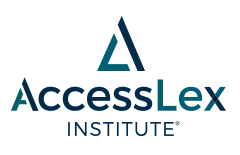
Pre-Law Pathway
Plugging the Diversity Leak and Strengthening the Legal Profession: Examining the Importance of Targeting Underrepresented Minorities on the Educational Pipeline to Law
Document Type
Issue/Research Brief/Blog
Publication Date
3-2017
Keywords
diversity pathway programs
Abstract
At first glance, the legal profession appears to be thriving with diversity. Three women, including one Hispanic woman, and one African American man currently serve on the United States Supreme Court. The country’s first African American president recently left office, taking with him the country’s first African American woman to hold the office of attorney general. This appearance of diversity is not particularly new — Presidents Barack Obama, Bill Clinton, and George W. Bush all had progressively more racially, and ethnically diverse cabinet picks compared to their predecessors. The illusion of diversity persists even outside of politics and government, in the entertainment world, going back over 30 years with the likes of attorney Claire Huxtable in The Cosby Show and later Judge Phillip Banks, more commonly known as Uncle Phil on The Fresh Prince of Bel Air. Today, Emmy, Tony, and Oscar winner Viola Davis personifies a highly revered attorney and academic on How to Get Away with Murder and millions tune in weekly to watch attorney Olivia Pope balance a successful law firm and political career in Scandal. LGBT individuals, gay men in particular, also see greater representation as attorneys on television. Yet law is one of the least diverse professions in the United States. The vast majority of attorneys — 88% to be exact — are white and white males hold a majority of all high-ranking, prestigious positions.
This persistent lack of diversity among legal professionals and individuals in leadership positions is more accurately portrayed by the optics of our current presidential administration. In its stark contrast to predecessors past, the administration of President Donald J. Trump exemplifies the state of diversity in the legal profession. Once all of President Trump’s cabinet picks are confirmed, women and non-whites will hold only six positions. There will be only three visible minorities in the cabinet — an African American, Asian American, and Hispanic American — and all three possess the highest level of academic achievement among cabinet members yet hold some of the lowest ranking cabinet or cabinet level positions. This Article does not attempt to blame the decrease in diversity on President Trump, or any other administration or official. Rather, the aim of this Article is to identify the importance of education in its role as the integral equalizer in achieving success in high-level leadership positions. In doing so, it becomes evident that diversifying the legal profession greatly depends on pipeline programs that target racial and ethnic minorities, or other narrowly focused minorities, and cultivate academic achievement.
In an effort to quantify the value and potential reach of diversity pipeline programs, Part II of this Article begins by delineating and quantifying diversity in the United States population, in American law schools, and the legal profession. Part III discusses various goals of diversity and identifies the aim adopted by this Article and a majority of pipeline initiatives. Then, Part IV defines the education pipeline to the legal profession before describing the potential of pipeline programs, as exemplified by those already operating. In Part V, this Article takes the position that pipeline programs are essential to the future of the legal profession — not only for the programs’ ability to diversify the legal workforce, but for the potential such initiatives carry in ensuring public confidence in, and accessibility to, the legal and judicial system. Lastly, this Article concludes by reminding the reader that society looks to the legal profession to draw its leaders but the profession cannot be expected to fill this need with attorneys of color that do not exist. The legal profession, as action-oriented problem solvers, must place itself at the forefront of ensuring membership is as inclusive as the communities we seek to serve.




